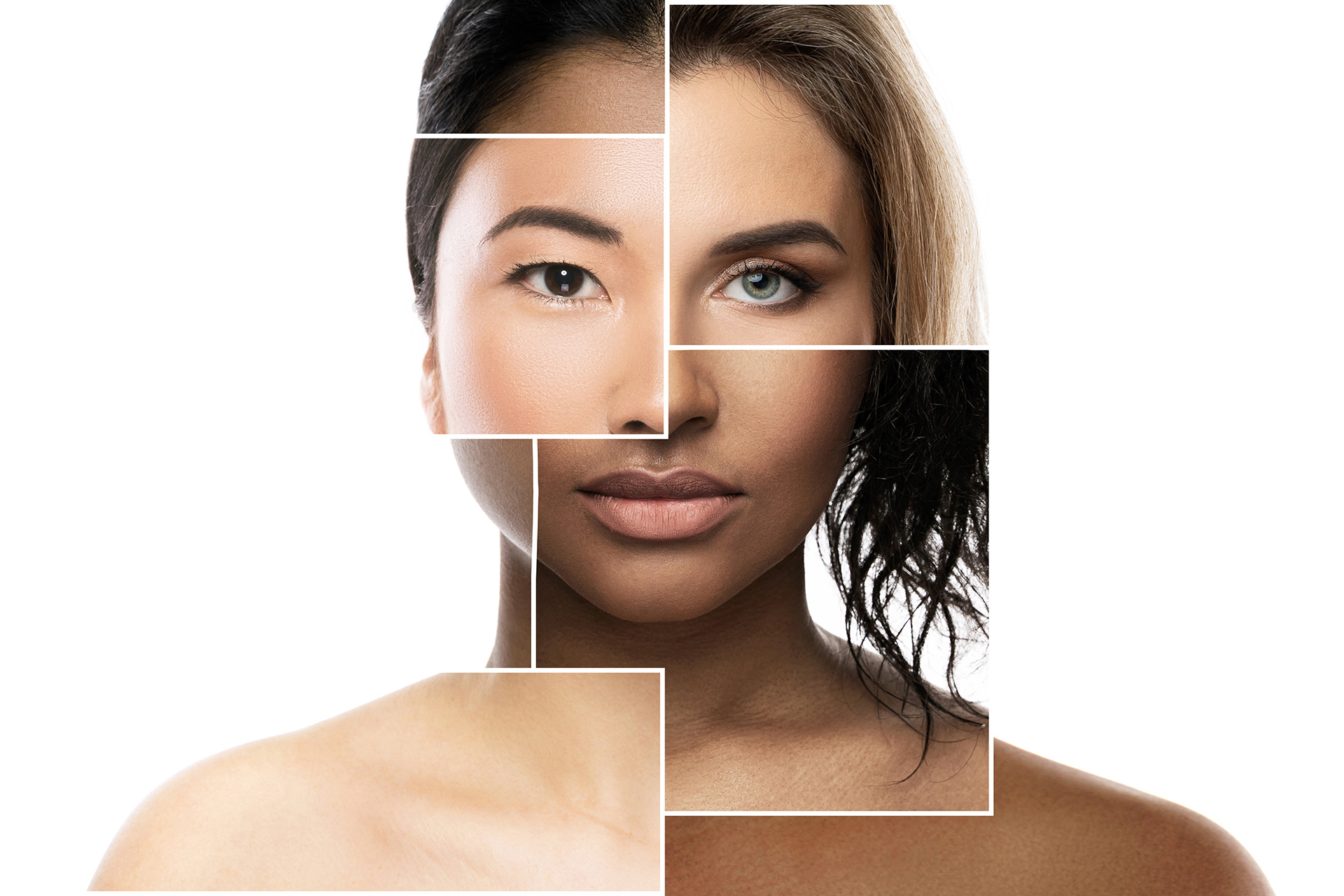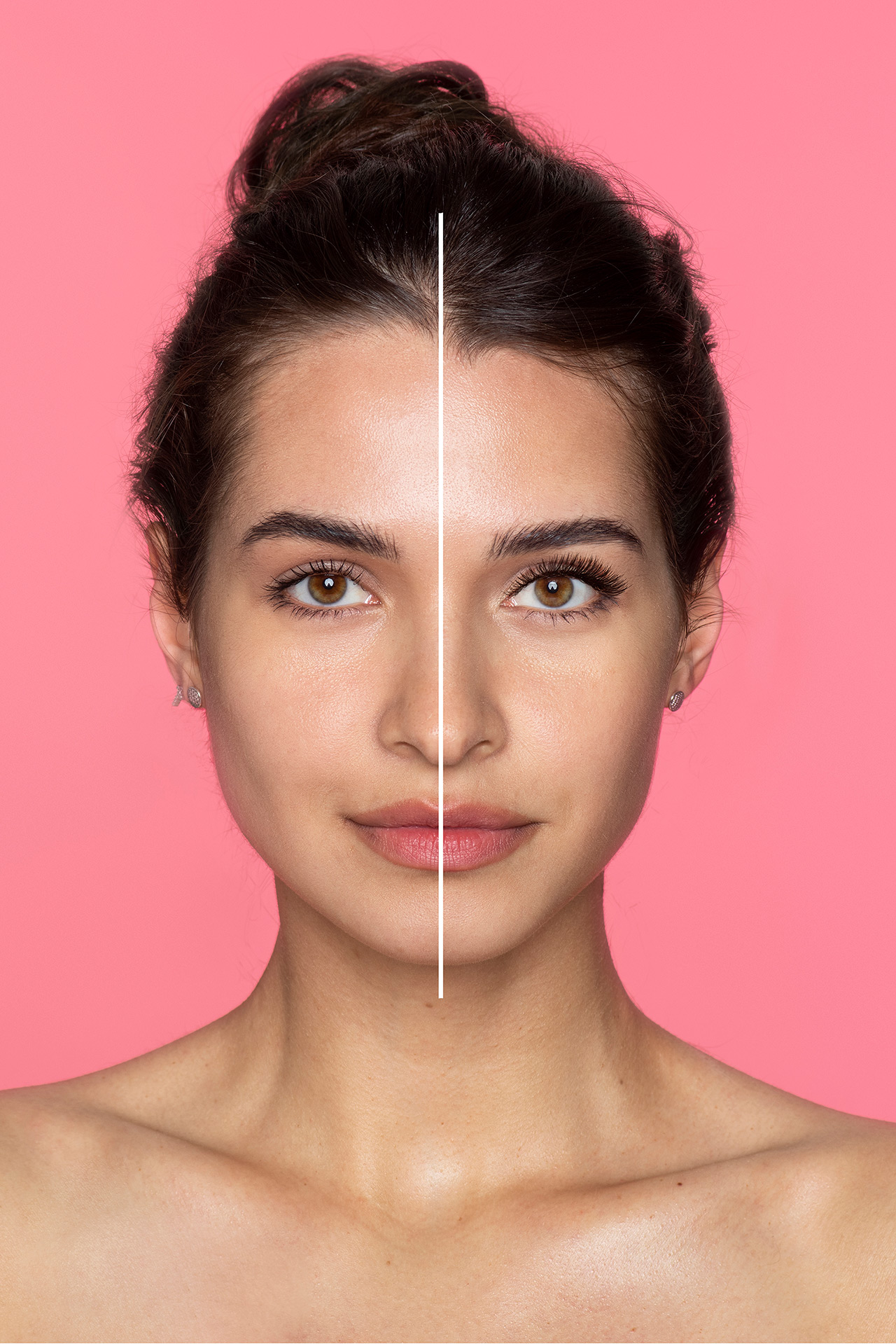
In the world of aesthetic medicine, there are various techniques and procedures aimed at enhancing facial features and achieving the desired appearance. Two popular approaches often sought after by individuals are facial harmonization and masculinization. While both techniques involve facial transformations, they serve different purposes and cater to distinct goals. In this blog post, we will explore the key differences between facial harmonization and masculinization to help you better understand these concepts.
Facial Harmonization
Facial harmonization is an approach that aims to achieve a balanced and aesthetically pleasing appearance by enhancing the natural features of the face. It focuses on creating symmetry, proportion, and harmony among the different facial structures. The goal of facial harmonization is to optimize the overall facial aesthetics by taking into account the individual’s unique facial characteristics. It involves a combination of non-surgical and minimally invasive procedures, such as dermal fillers, Botox injections, and thread lifts, to enhance facial contours, restore volume, and improve skin quality.
- Facial harmonization emphasizes natural-looking results by enhancing existing features.
- It aims to create facial balance and symmetry.
- Procedures involved may include dermal fillers, Botox injections, and thread lifts.
- The goal is to achieve an aesthetically pleasing appearance without altering the fundamental facial structure.


Masculinization
Masculinization refers to a set of procedures specifically designed to enhance and accentuate masculine features in individuals. It is commonly sought by transgender men, individuals undergoing gender-affirming treatments, or those who desire a more masculine appearance. The purpose of masculinization is to create a more angular and defined facial structure, emphasizing characteristics typically associated with male features. Procedures used for masculinization may include jawline reshaping, chin augmentation, cheek implants, and liposuction to enhance the masculine facial contours.
- Masculinization focuses on enhancing specific masculine facial features.
- It aims to create a more angular and defined facial structure.
- Procedures involved may include jawline reshaping, chin augmentation, and cheek implants.
- The goal is to achieve a more masculine appearance that aligns with the individual’s desired gender expression.

Recent Comments